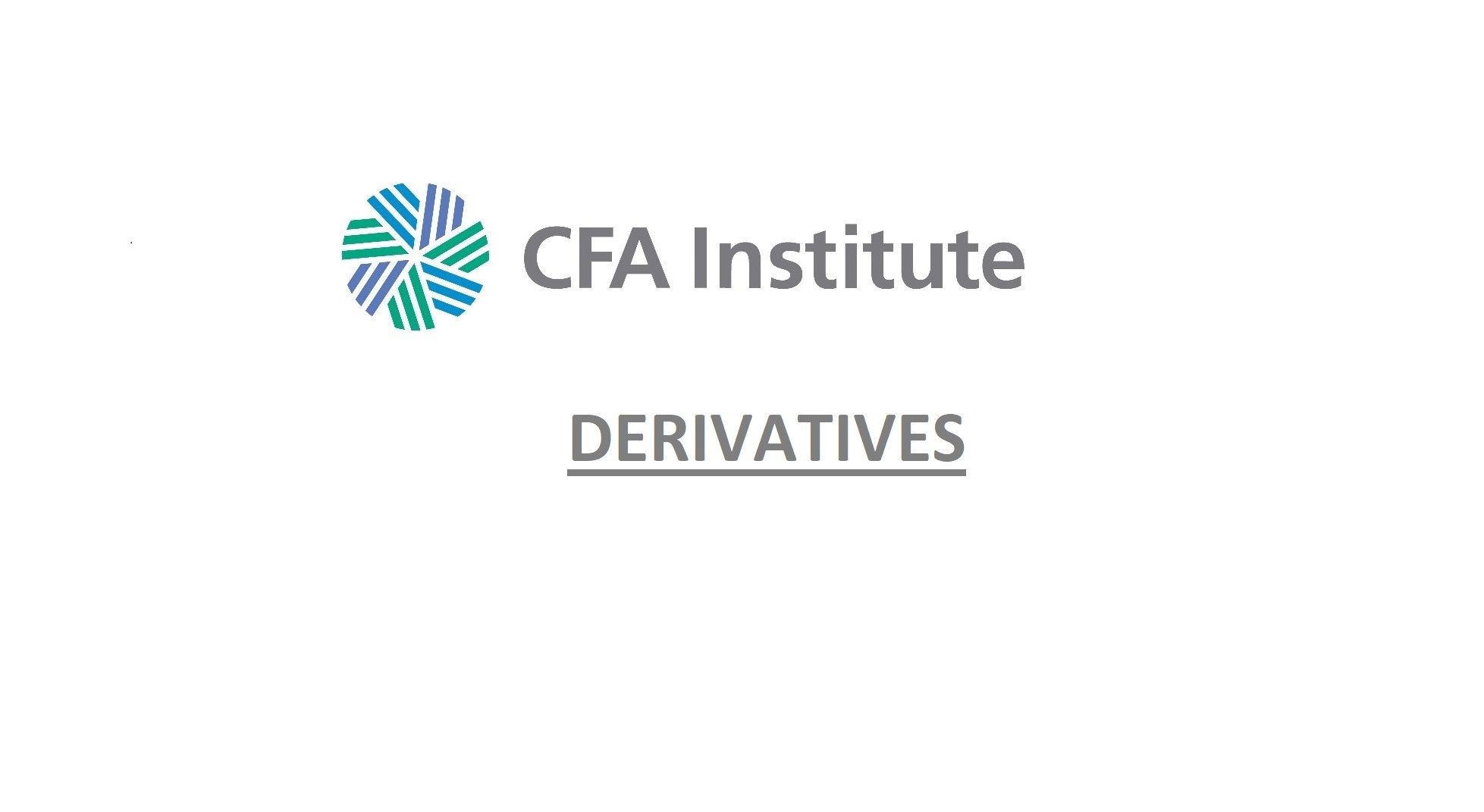Futures or forward contracts on currencies can be used to obtain full currency hedges, although most institutional investors prefer to use forward contracts because:
- They can be customized, while futures contracts are standardized.
- They are available for almost any currency pair, while futures trade in size for only a limited number of currencies.
- Futures contracts require margin which adds operational complexity and can require periodic cash flows.
- Trading volume of FX forwards and swaps dwarfs that of FX futures, providing better liquidity.
A hedge can be a static hedge, which is established and held until expiration, or a dynamic hedge, which is periodically rebalanced.
Roll Yield
The roll yield (also called the roll return) on a hedge results from the fact that forward contracts are priced at the spot rate adjusted for the number of forward points at that maturity.
The Carry Trade and Roll Yield
| Buy/Invest | Sell/Borrow | ||
|---|---|---|---|
| Implementing the carry trade | High-yield currency | Low-yield currency | Earning a positive roll yield |
| Trading the forward rate bias | Forward discount currency | Forward premium currency | |
Determining whether the roll yield produces a profit or a loss will depend on two factors:
- whether the currency is trading at a forward premium or discount
- whether is it purchased or sold.
Roll yield for a contract held to expiration is determined by initial forward minus spot price divided by initial spot price.
Forward Premiums or Discounts and Currency Hedging Costs
| Current position of foreign asset in currency B | The hedge requires: | FP/B > SP/B, iB < iP The forward price curve is upward-sloping. | FP/B < SP/B, iB > iP The forward price curve is downward-sloping |
| Short the foreign asset | A long forward position in currency B, the hedge earns: | Negative roll yield, which increases hedging cost and discourages hedging. | Positive roll yield, which decreases hedging cost and encourages hedging. |
| Long the foreign asset | A short forward position in currency B the hedge earns: | Positive roll yield, which decreases hedging cost and encourages hedging. | Negative roll yield, which increases hedging cost and discourages hedging. |
Currency Options
One of the costs of forward contracts is the opportunity cost. Once fully hedged, the portfolio manager forgoes any upside potential for future currency moves in the portfolio’s favor. Currency options remove this opportunity cost because they provide the manager the right, but not the obligation, to buy or sell foreign exchange at a future date at a rate agreed on today. The manager will only exercise the option at the expiry date if it is favorable to do so.
Consider the case of a portfolio manager who is long the base currency in the P/B quote and needs to sell this currency to implement the hedge. One approach is to simply buy an at-the-money put option on the P/B currency pair. Matching a long position in the underlying with a put option is known as a protective put.
Like forward contracts, currency options are not “free goods” and, like any form of insurance, there is always a price to be paid for it. Buying an option means paying an upfront premium. This premium is determined, first, by its intrinsic value.
The second determinant of an option’s premium is its time value.
Trading Strategies Used to Reduce Hedging Costs
Over- or under-hedge with forward contracts based on the manager’s view
Buy at-the-money (ATM) put options (also called protective puts or portfolio insurance). his strategy provides asymmetric protection, eliminating all downside risk and retaining all upside potential. But an at-the-money option is relatively expensive and has only time value (no intrinsic value). This strategy has the highest initial cost but no opportunity cost.
Buy out-of-the-money (OTM) put options. An ATM put would have a delta of approximately –0.50, called a 50-delta put because the sign of the delta is ignored with this terminology. Out-of-the-money puts have deltas that are smaller in magnitude than 0.50, so a 35-delta put is out of the money and a 25-delta put is further out of the money. Puts are less expensive the further they are out of the money, but also offer less downside protection.
Collar. The OTM put provides some downside protection while costing less than an ATM put. The sale of the OTM call removes some upside potential (increasing opportunity cost) but generates premium income to further reduce initial cost. This strategy further reduces initial cost but also limits upside potential compared to buying out-of-the money put options only
Put spread. Buy OTM puts on the currency and sell puts that are further out of the money. his is a put spread combined with selling a call. This strategy reduces the initial cost and also reduces downside protection compared to buying out-of-the money put options only.
Seagull spread. Compared to the put spread, only this hedge has less initial cost and the same down side protection, but limits upside potential.
All of these strategies are considered “plain vanilla” in that they are combinations of standard options. Exotic options introduce features not found in standard options.
- A knock-in option is a plain vanilla option that only comes into existence if the underlying first reaches some prespecified level.
- A knock-out option is a standard option that ceases to exist if the underlying reaches some prespecified level.
- Binary or digital options pay a fixed amount that does not vary with the difference in price between the strike and underlying price.
